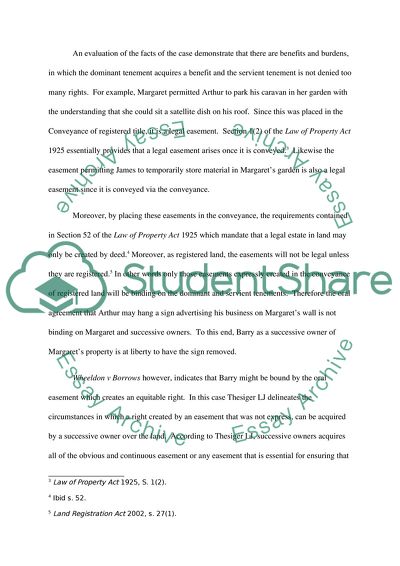Cite this document
(Analysis of Margarets Case of Sale of Three Terraced Houses, Richmans Coursework - 1, n.d.)
Analysis of Margarets Case of Sale of Three Terraced Houses, Richmans Coursework - 1. Retrieved from https://studentshare.org/law/1750026-land-law
Analysis of Margarets Case of Sale of Three Terraced Houses, Richmans Coursework - 1. Retrieved from https://studentshare.org/law/1750026-land-law
(Analysis of Margarets Case of Sale of Three Terraced Houses, Richmans Coursework - 1)
Analysis of Margarets Case of Sale of Three Terraced Houses, Richmans Coursework - 1. https://studentshare.org/law/1750026-land-law.
Analysis of Margarets Case of Sale of Three Terraced Houses, Richmans Coursework - 1. https://studentshare.org/law/1750026-land-law.
“Analysis of Margarets Case of Sale of Three Terraced Houses, Richmans Coursework - 1”, n.d. https://studentshare.org/law/1750026-land-law.


